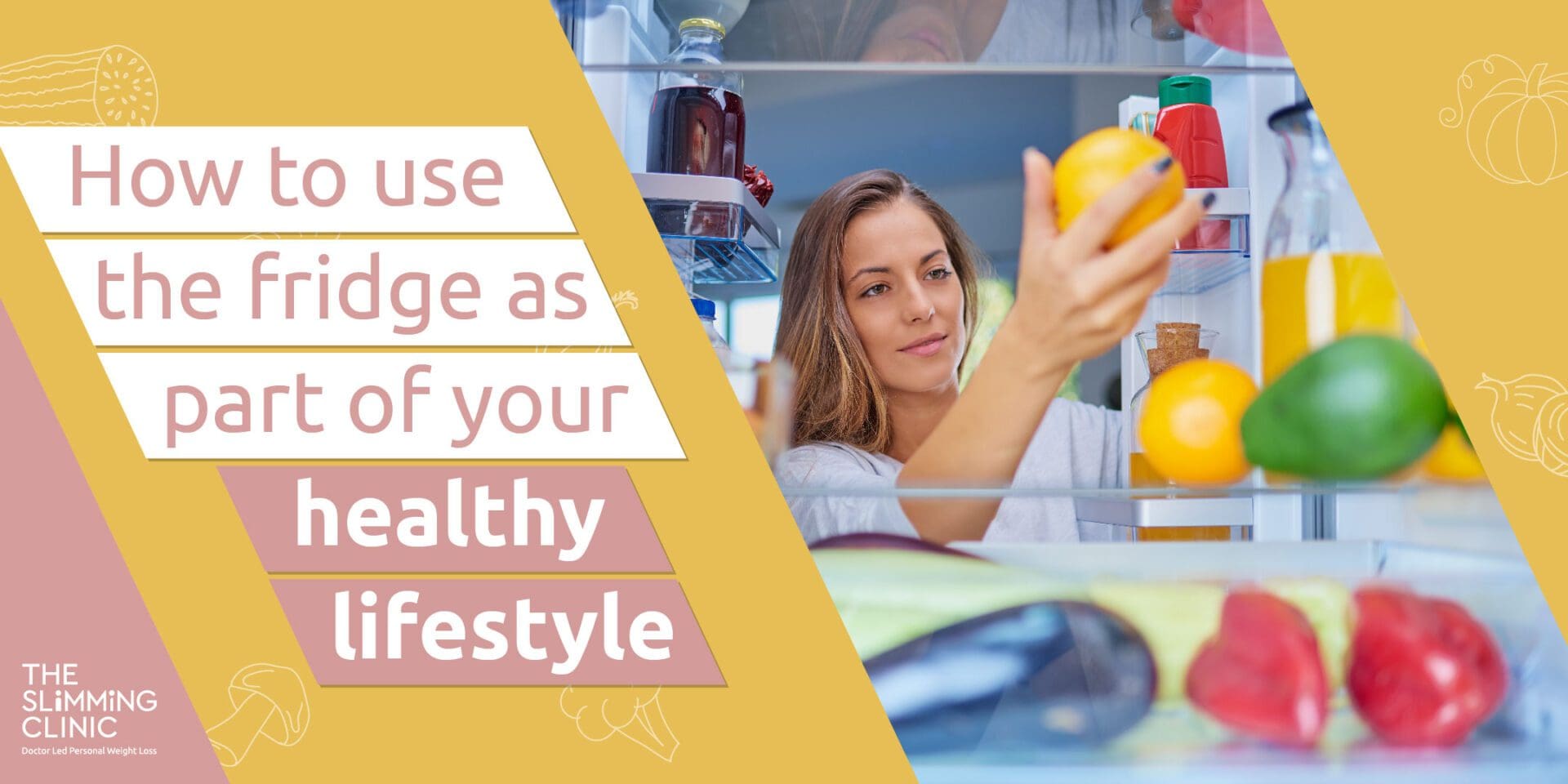When it comes to maintaining a healthy lifestyle and achieving weight loss goals, the refrigerator is often an underutilised ally. By understanding how to properly store food, what to refrigerate and what not to and the ideal temperature settings, you can optimize your fridge to support your weight loss journey.
In this blog, we’ll explore the various aspects of utilizing your fridge as a tool for a healthy lifestyle and weight loss.
- Proper Food Storage: Storing food correctly is vital for preserving its freshness and nutritional value. Here are some tips to ensure optimal storage:
a. Keep perishable items, such as dairy products, eggs, and raw meat, in the coldest part of the fridge, typically the lower shelves. This helps prevent the growth of bacteria.
b. Store fruits and vegetables separately to maintain their freshness. Most fruits can be stored in the refrigerator, while some vegetables are better off at room temperature. Refer to specific produce guidelines for optimal storage.
c. Place leftovers in airtight containers and label them with the date to monitor freshness. Consume them within a few days or freeze for later use.
- Shelf Life and Food Safety: Understanding how long different types of food can be safely stored in the refrigerator is crucial. While the freshness may vary depending on the item, here are some general guidelines:
a. Dairy products like milk and yogurt usually stay fresh for about a week. Check the expiration dates to ensure they are consumed before going bad.
b. Raw meat, poultry and fish should be consumed within a couple of days or frozen for longer storage. If in doubt, give them a sniff test before use.
c. Cooked meat and leftovers generally last for three to four days. Discard any food with an off smell or signs of spoilage, such as mold or sliminess.
- What to Refrigerate: While refrigeration helps preserve many types of food, certain items are better kept elsewhere. Here’s a quick rundown of what to refrigerate and what not to:
a. Refrigerate: Fruits like berries, grapes, and melons (once cut), vegetables like lettuce, spinach, and broccoli, opened condiments, cooked grains, cooked meats, eggs, and most dairy products.
b. Do not refrigerate: Whole fruits like apples, bananas, and citrus fruits, potatoes, onions, garlic, bread, tomatoes (unless they are overly ripe), honey and oils.
- Ideal Temperature Setting: Setting the temperature of your fridge correctly is essential for maintaining food safety and quality. Aim to keep the temperature between 35°F (1.7°C) and 40°F (4.4°C). This range helps slow down the growth of bacteria while keeping food fresh. Use a refrigerator thermometer to ensure your fridge remains within the desired temperature range.
Your refrigerator can be a valuable asset on your journey to a healthier lifestyle and weight loss. By understanding proper food storage techniques, knowing how long different foods last, being mindful of what to refrigerate and what not to, and maintaining the ideal temperature, you can maximize the freshness and nutritional value of your food while minimizing waste. Make the most of this powerful tool in your kitchen and let your fridge become an ally in your pursuit of better health.
Remember, while your fridge can support your healthy lifestyle, it’s essential to pair it with a balanced diet, regular exercise, and other healthy habits to achieve your weight loss goals.

